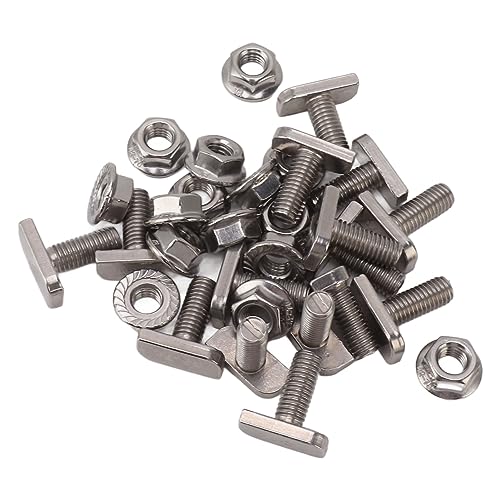Think the boards were still going in as late as about '89 so could be anywhere 70s - 80s. The writing on the breakers is a little clue to the age, originally white, later ones were yellow, with the white being M3 breaking capacity and the yellow M4.5. All breakers were to BS3871 type 2, however you could still buy the breakers from manufacturer until quite recently (perhaps you still can???) and they were reclassified as 60898 type C for the new ones once 3871 was no longer current, but I don't think they actually changed, just got recertified. Type 2 is instant operation at between 4 and 7x, type C is between 5x and 10x so I presume they would go out somewhere between 5x and 7x.
There were actually RCBOs for them, but they were quite rare, I can count on one hand how many I have come across! (15th edition regs didn't really have many requirements for them!)
They are actually hydralic in operation, they have a little dashpot type thing inside, theres a youtube tear down video by john ward.
Worth recommending a board upgrade as there is no additional RCD protection, but I get the feeling a lot of the C50s will still be working fine when a lot of later stuff has long since failed!





































































